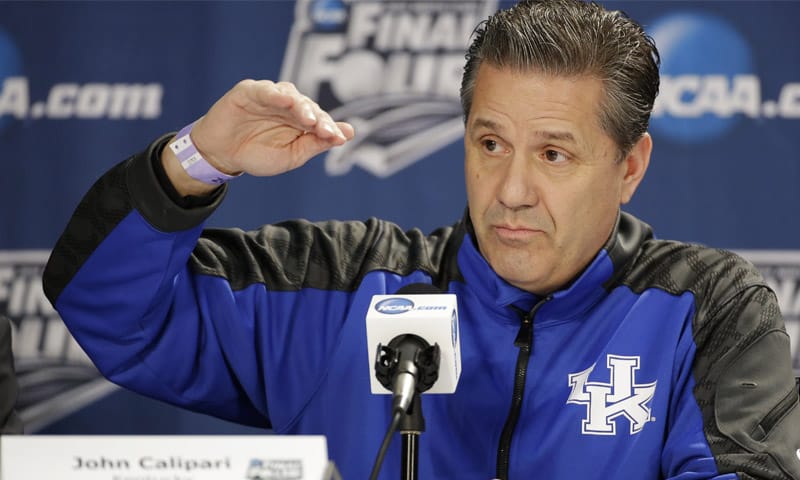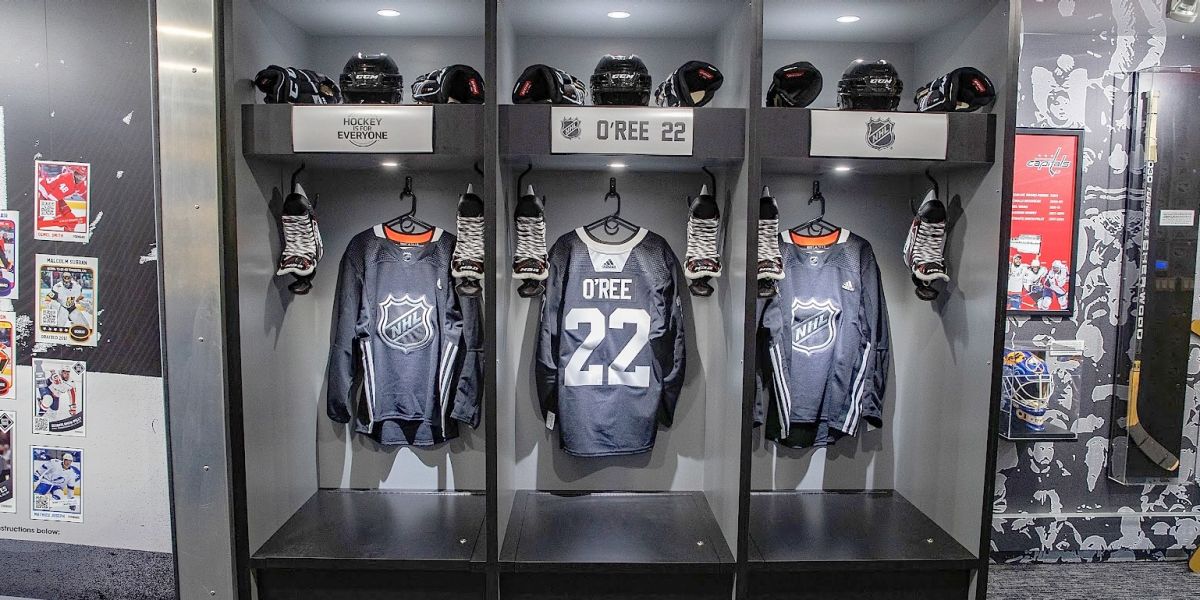|
2/28/2020 NHL’s ‘Hockey Is For Everyone’ Campaign And Black Hockey History Shoots at Inclusiveness GoalRead NowThe league wants to introduce the sport to a more diverse fanbase.A decade ago, Renee Hess was a self-described “non-sports” person. But somehow, she started listening to hockey games on the radio in Pittsburgh and fell in love with the description and the fast paced nature of the sport.
“When I discovered hockey I was intrigued by it. But I didn’t know how to gain access or what my entry point would be,” Hess, who did not attend her first game until 2016, told BET.com. “Anyone I told I was interested in hockey would say, ‘Black people don’t do hockey.’” Undeterred and committed to learning more, she dove deep into the sport through research, reading, and consuming anything she could about this game that captivated her consciousness. In 2018 that resulted in Hess starting The Black Girl Hockey Club (BGHC). Initially it began as a way for her to connect with other hockey fans of color, but in less than two years it has grown into something much more. Hess now serves as executive director of the nonprofit BGHC, which has a dedicated group of women who travel all across the country to attend NHL games and unite Black women and players within the hockey community through education and representation initiatives. Hockey in North America, and the world, has been a predominantly white sport. But there have been nonwhite players since its inception. The sport has always been diverse, but not always inclusive, and the NHL wants to change that. Through the NHL and NHL Players’ Association’s, “Hockey Is For Everyone” campaign, the league and various partners and stakeholders (like BGHC) are working not only to make the demographics of the sport more in line with the world, but also to make the spaces in and around the sport more welcoming. The campaign is 24/7, 365 and called “Hockey Is For Everyone,” It targets people of color, among other communities, to increase diversity and inclusion. With February being Black History Month, one of the ways the league is generating interest among Black youth is through its NHL Black Hockey History Tour, presented by American Legacy. It’s a mobile museum that started last season and travels around the country to various NHL cities and celebrates Black achievement in hockey. From the “Coloured Hockey League” in the 1890s across Canada’s Maritimes, to NHL legend Willie O’Ree who broke the league’s color barrier in 1958. Also featured in the museum are Edmonton Oilers goaltender Grant Fuhr, who became the first Black player to win the Stanley Cup in 1984, and former Calgary Flames forward Jarome Iginla, who in 2012 became the first Black player to score 500 goals in the NHL, along with current superstars like New Jersey Devils’ defenseman, P.K. Subban, the first Black player to win the Norris Trophy. Kwame Mason, a former hockey player and the museum’s curator, believes spreading the message of Black history in hockey will go a long way in improving diversity and inclusion. “It’s about representation. For our [Black] community it’s important that we see the history and the impact we have had on this great game. We’ve been playing this game since the 1800s. The first organized sports league for Blacks in North America was hockey.” The mobile museum was in Newark, New Jersey earlier this month at the Prudential Center, the home of the New Jersey Devils. Students from a nearby elementary school were in attendance and had the opportunity to learn about the game. While the kids, predominantly of color, didn’t know much about the sport. By the time they left the museum a definite curiosity was sparked. Representation matters so much that the mother of a youth hockey player in New York City, took her son out of school because it was important he see the museum and have a chance to connect with Subban and his Devils teammate Wayne Simmonds. “It was important for my son to have the opportunity to see, not just what I’ve told him, but the entire history of Black people in hockey,” Joycelyn McGeachy-Kuls, whose son Jackson plays for the NYC Cyclones where she is also the team manager, told BET.com Kuhls and her son like many Black people engaged in the sport understand the importance of inclusion all too well. Jackson shared a story that is not uncommon where he was called a n***** by an opposing player’s parent. Like so many players before him, he blocked it out and focused on the game and helped his team to a victory. Given that incident, and ones like it that take place at all levels within the sport, it’s no surprise that people of color don’t find the hockey community very welcoming. “Diversity without inclusion is a form of violence,” said Hess. Simmonds, in his 12th season in the NHL, was on hand earlier in February to tour the museum and for a Black man from Scarborough, Ontario to see a history he knows like the back of his hand meant a lot. But it also brought back painful memories of the challenges of being the “only one.” “It was really hard when I was younger. You don’t see a lot of faces like yourself. You walk into a rink and you’re the only one, or there’s one other kid,” Simmonds told BET.com. He remembered a particular incident when he was on the Toronto Aces as a kid, and an opponent called him a n*****. “My best friend on the team comes flying in and knocks the kid out. It was crazy. But it felt good. I had other people, who weren’t Black, sticking up for me.” Having allies is critical if the NHL wants to affect change in hockey all the way down through the youth level. There are roughly 30 players in the league that identify as Black and that isn’t nearly enough. Devils’ star defenseman Subban knows this and during his tour of the museum he stressed the importance of working together and building bridges to achieve a goal that benefits everyone. “Players in the league that aren’t Black feel very comfortable coming up to me and asking about the various initiatives, and I inform them in a way where they don’t feel uncomfortable,” said Subban. “People can be tentative or standoffish when there are things being talked about that they don’t understand. It’s our job to not only hold people accountable, but also to educate. People don’t walk in your shoes, or in mine. They walk in their own.” As Hockey is For Everyone, the focus on Black History in the sport, and other initiatives spearheaded by Kim Davis, the NHL’s Executive Vice President of Social Impact, Growth Initiatives & Legislative Affairs continue to take shape, the league’s other players will need to be active and willing participants. Diversity and inclusion isn’t a five or ten year plan. It’s a complete culture and attitude shift. Accessibility and the socioeconomic barriers are critical. They matter and will continue to be a point of emphasis, but a focus on cultural availability is Davis’ primary focus. In short, speaking in languages that can be heard across the varied demographics of the world. “Hockey is a very tribal sport,” Davis told BET.com. “Being tribal is a very positive trait, if you allow the tribe to get larger.”
2 Comments
1/30/2021 08:46:07 pm
I do not have any experience with a lover, so I cannot really relate. I mean, to me, having a lover is just a huge waste. Sure, people might feel like it is the greatest, but I do not really see it. If you ask me, it would be better for us to just focus on our individual careers. I am really hoping that I can just focus on my dreams and passions, I do not really have any time for love.
Reply
The officially approved housing society known as <a href="https://taginemarketing.com" target="_blank">Nova City</a>
Reply
Leave a Reply. |
Details
Archives
March 2020
Categories |





 RSS Feed
RSS Feed